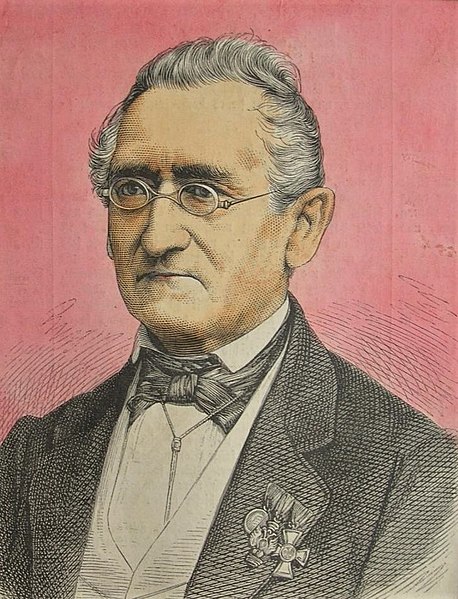Rudolf Christian Böttger liked things to go off with a bang: at evening gatherings of the Frankfurt Physics Association (Physikalischen Verein), where he taught and researched, he often demonstrated entertaining chemistry experiments. He loved to create spectacular light effects and loud bangs to impress his colleagues. In 1848, the chemist made a discovery that, for once, was not meant to explode: he developed the first matches as we know them today – using red phosphorus. Unlike the conventional matches of the time, the phosphorus was no longer contained in the match head, but was instead applied to a special striking surface, along with manganese dioxide and glue. Phosphorus was now only needed at the moment of ignition of the now phosphorus-free match head. There was no more risk of matchboxes catching fire: the matches therefore later became known as “safety matches”.
People in Sweden were particularly interested in Böttger’s invention: industrialist John Edvard Lundström from Jönköping returned to Böttger’s idea in the 1860s. He laid the foundation for a match industry that exported large quantities of safety matches to Germany. The term “Swedish matches” became synonymous with matches.
From religious studies to science
Rudolf Christian Böttger’s life began quite differently: with a theology degree from Halle an der Saale and a job as a tutor and educator. Then, at the age of 25, he changed direction completely, quit his church career, and began studying physics and chemistry in 1831. In 1835, he became a teacher of physics and chemistry at the Frankfurt Physics Association and earned his doctorate two years later in Jena. He was appointed professor in 1842. The development of safety matches ignited his professional career in the truest sense of the word.
(Header: Pixel-Shot – AdobeStock, portrait: in the public domain)






